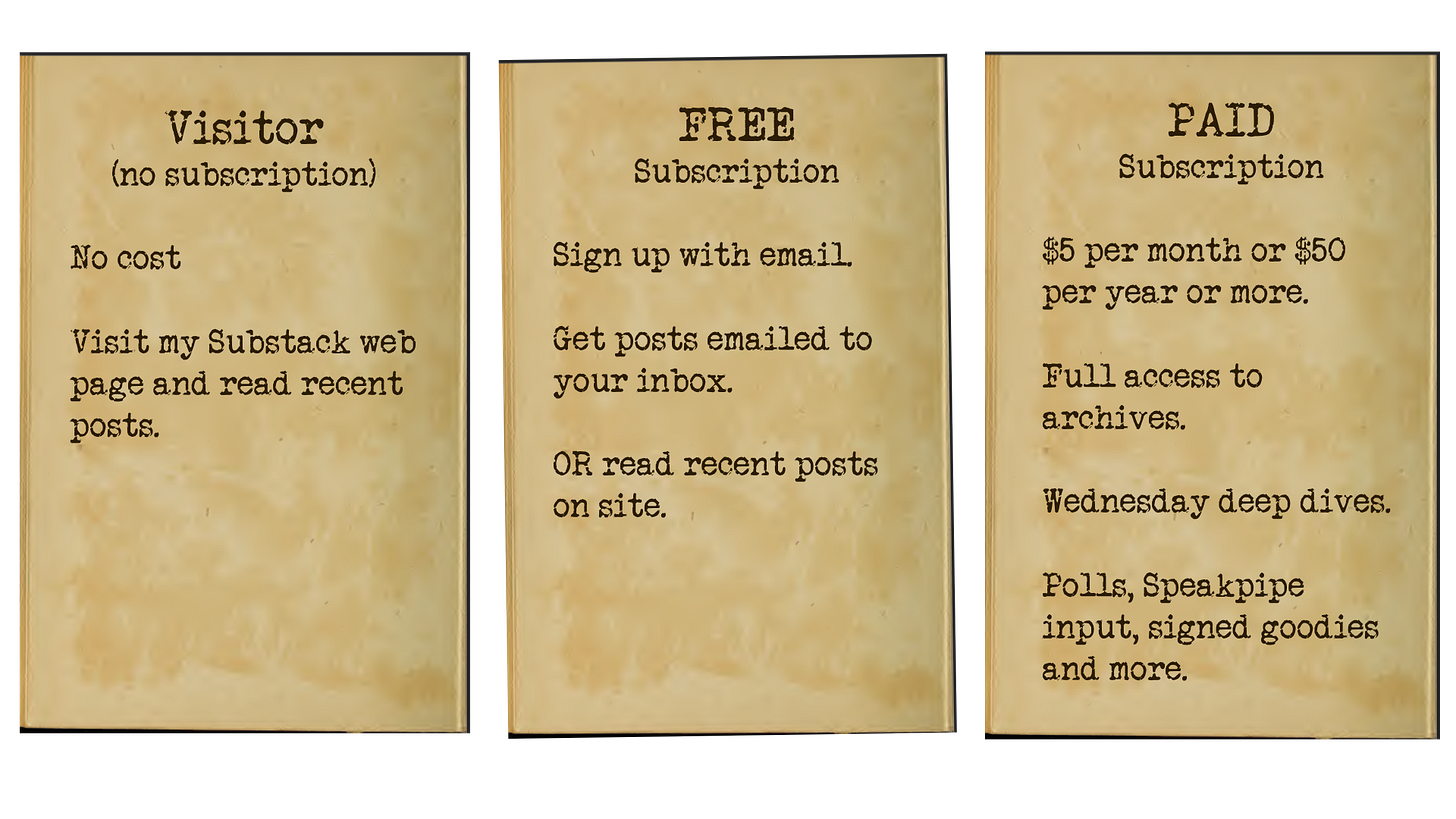“Typography is the craft of endowing human language with durable visual form, and thus with an independent existence. Its heartwood is calligraphy — the dance, on a tiny stage, of the living, speaking hand.” —Robert Bringhurst
A guidebook on typography doesn’t have to be beautifully written, but this one is.
"The Elements of Typographic Style" by Robert Bringhurst provides a comprehensive guide to typography, covering its history, principles, and practical applications. The design and presentation of the book is inspired by Strunk and White’s equally classic treatise about writing, The Elements of Style.
Bringhurst’s book is a valuable resource for typographers and designers, delving into the mathematical and scientific aspects of font design, making it indispensable for those interested in creating and using fonts.
Core principles:
• Clarity and communication: Bringhurst emphasizes that the primary purpose of typography is to help convey the meaning, so as a result he suggests that the first step for the designer should be to read and understand the material.
• Rhythm and harmony: Typographic design should contain qualities of rhythm and proportion, resembling music or poetry. These qualities are achieved with the help of letterform design, kerning, and leading.
• Respect for tradition: Bringhurst tells the story of the evolution of type design, with plenty of examples from different points in history.
Key areas covered:
• Individual characters: The book explores the design of individual letterforms, discussing the effect that shape, weight, and spacing have on legibility and aesthetics.
• Typeface selection and combination: Choosing the right typeface and combining multiple typefaces effectively are crucial aspects of achieving a harmonious design.
• Page layout: A designer's toolset includes such factors as margins. columns, section heads, and footnotes, and Bringhurst explains how different ensembles of these factors are suited to different kinds of content.
• Special characters: Bringhurst takes a look at punctuation marks, diacritics, and other features that come into play when designing in other languages.
Bringhurst goes beyond all these technical details to discuss the philosophical and ethical aspects of typography. The type fonts we use, and the way we use them, are like the clothes we wear, subject to taste and tradition. But typography represents the clothing worn by ideas, so getting it right is especially important.
More info about The Elements of Typographic Style
Check out my new Substack page




















.jpg)












